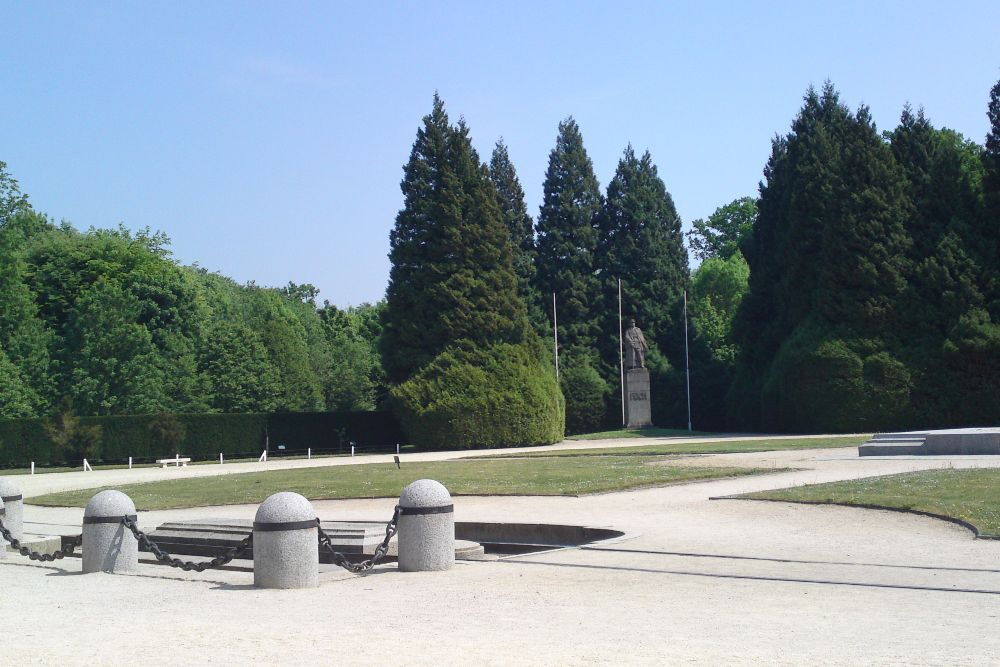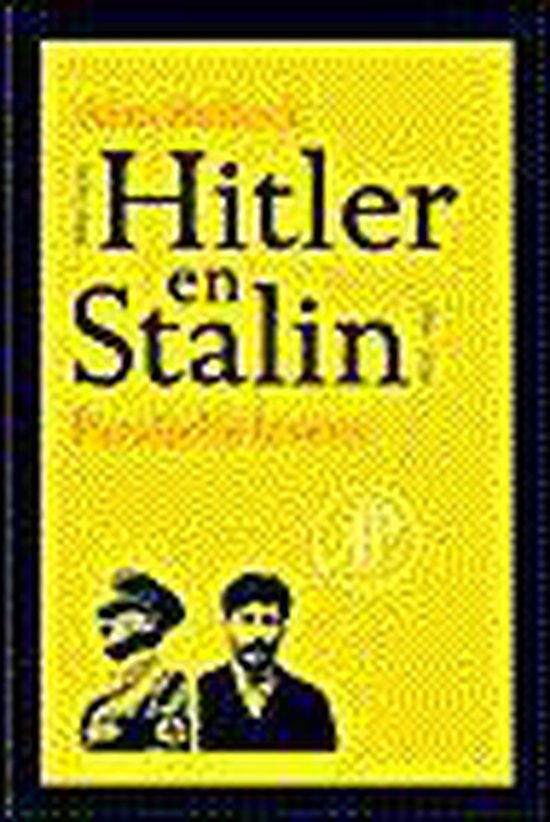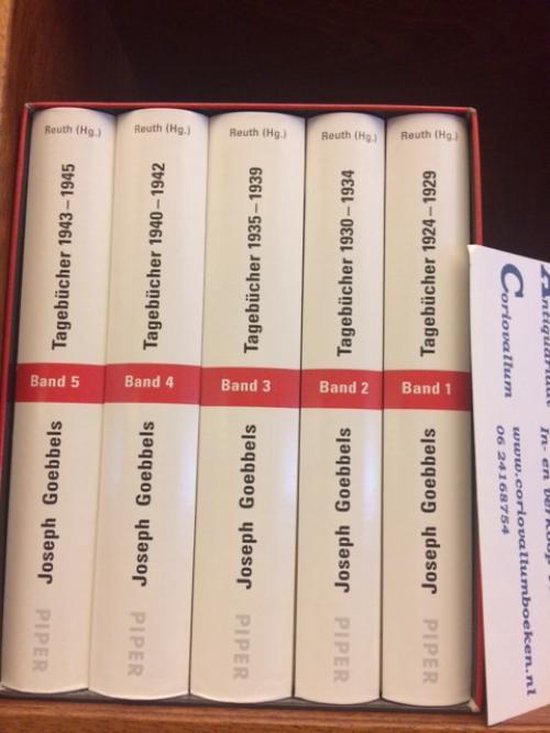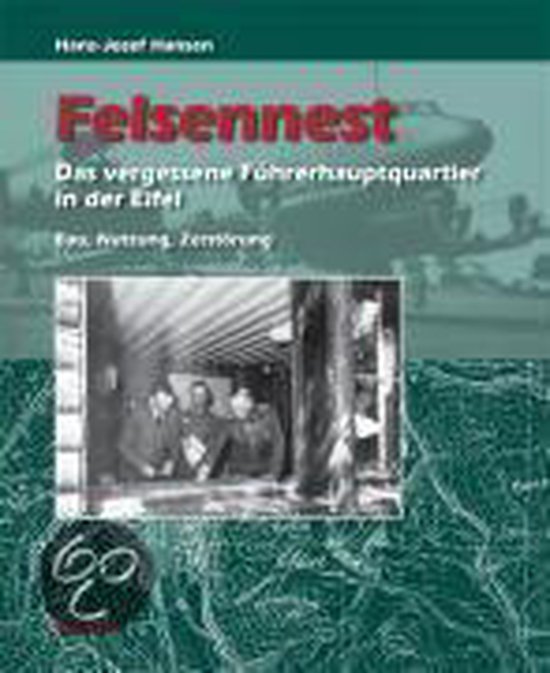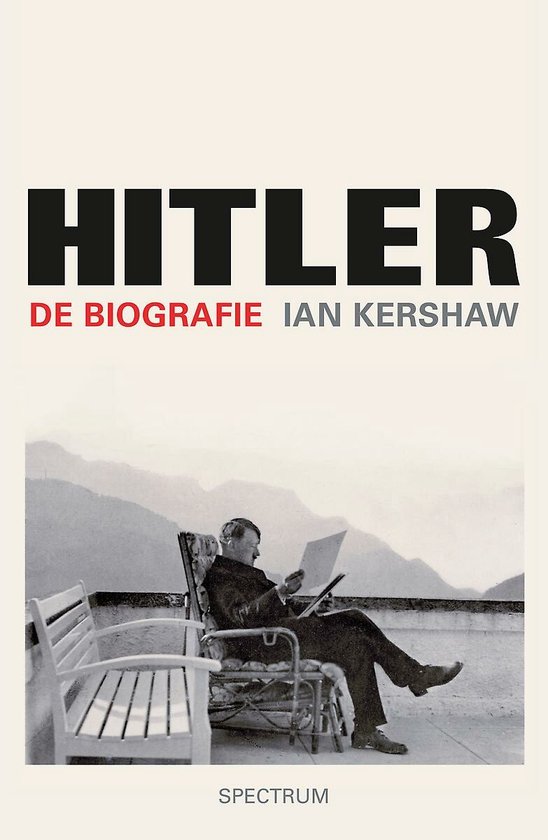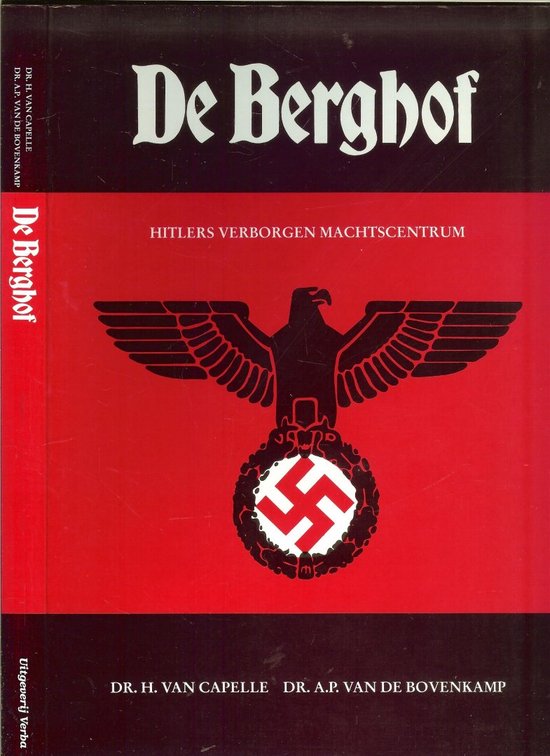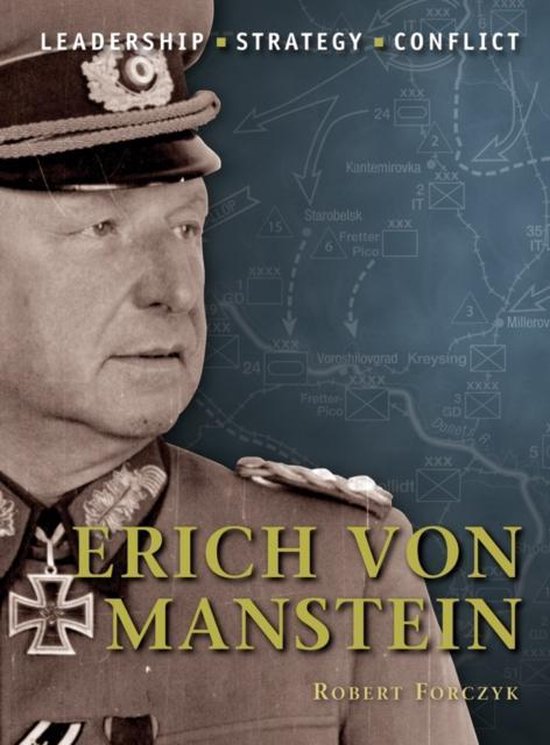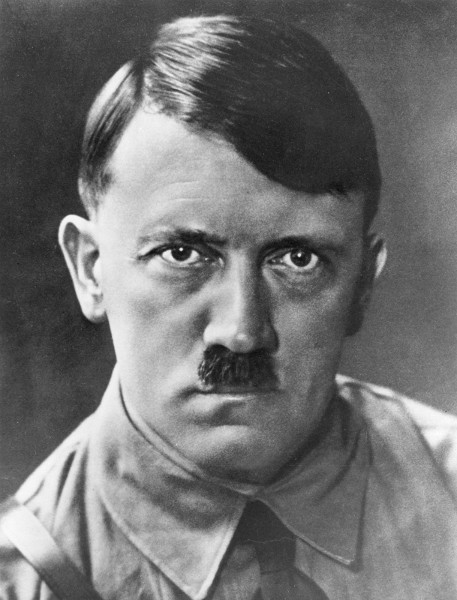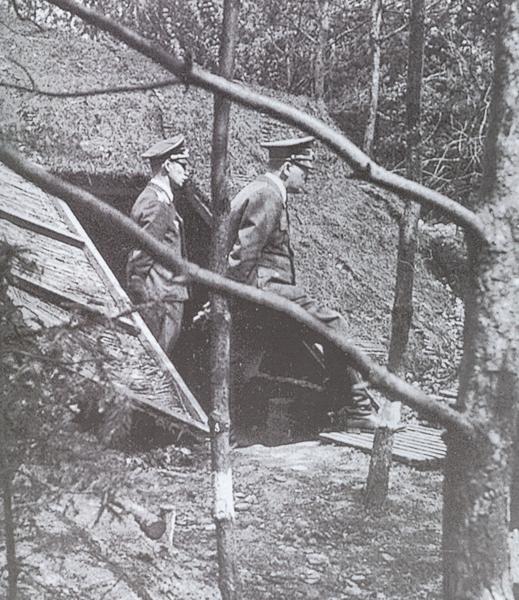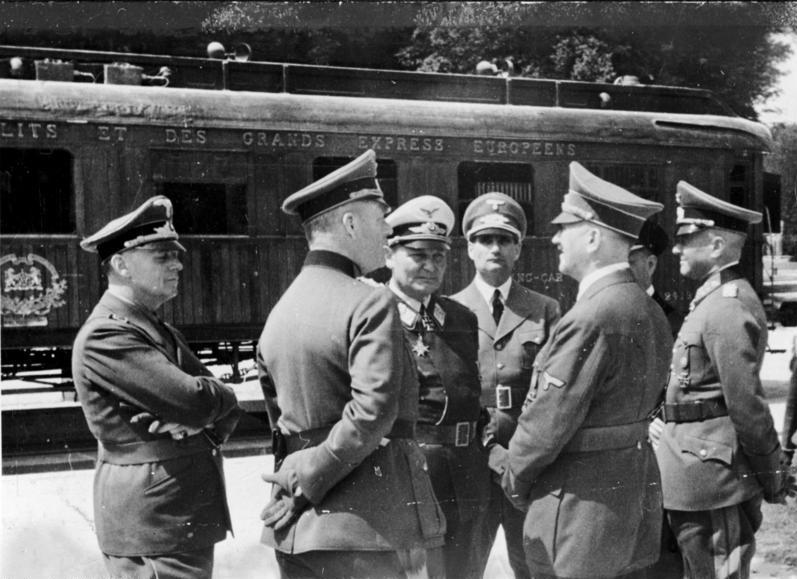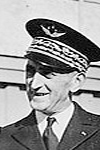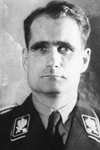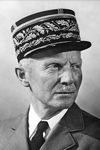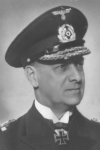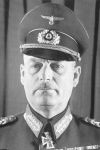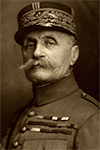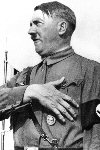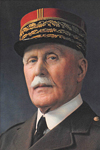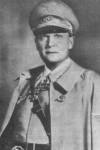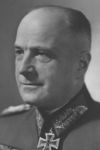Compiegne Armistice Memorial
This is a major site - the scene of the WW1 Armistice and also the surrender of France during WW2. The complex consists of several memorials, including the "Jardin de la Mémoire", a statue of Marshal Ferdinand Foch and the Peace Memorial.
There is also a Renault tank from World War I on display as a monument.
On November 11th, 1918 at 5 a.m., in a wagon about 8 kilometers from the French city of Compiègne, in the city's nearby forest, the capitulation between the Western Allies and the German Empire was signed. At 11:00 that morning, the armistice went into effect and the Great War, or World War I, came to an end.
Further elaboration in the Treaty of Versailles resulted in, for instance, heavy jearly recovery payments from Germany to the winning countries, such as France and England, giving up its colonies (f.a. in Africa and East Asia), these went to England and France, supplying trains, coal, returning Alsace-Lorraine to France, giving up East Prussia to Poland, transfer of the entire fleet and heavy weapons to the victorious countries and reducing the army to 100,000 men.
The location for the German surrender had to meet several conditions; two trains had to be able to be stationed there (for the Allies and for the Germans) and the necessary railroad infrastructure had to be in place. And another important condition was that it had to be in a remote location so that journalists and other "prying eyes" could easily be kept at bay.
The Allied General Staff found an abandoned railroad branch line in an isolated spot in the Compiègne forest. A wooden walkway was built between the two trains for the negotiators.
On June 22nd, 1940, Hitler had the wagon removed to ensure the French leadership suffered the same fate as the Germans 22 years earlier. The train wagon and monuments were later transferred to Berlin on June 24th, 1940, on Hitler's orders. This wagon was first displayed to the public for a while in front of the Brandenburg Gate and later sidetracked at various locations. The actual wagon would not survive the war. It would have been destroyed by fire. There was allegedly talk that Hitler had ordered it to be destroyed. On the other hand, there would be alleegedly talk that the wagon was used as a component in one of the many roadblocks during the fighting with the Russians in Berlin in 1945. The exact fate of the wagon is unknown.
The WWI monuments were returned to the clearing in the Compiègne forest after 1945. On the spot where the capitulations of Germany and France respectively were signed, a replica of the famous wagon is now on display in the nearby museum.
Do you have more information about this location? Inform us!
Source
- Text: Mr Bojangles, Kaj Metz, Cheapskatetravel.nl, Ed Lewandowski
- Photos: Mr Bojangels (1), Sjoerd de Boer (2), Cheapskatetravel.nl (3, 4, 5)
